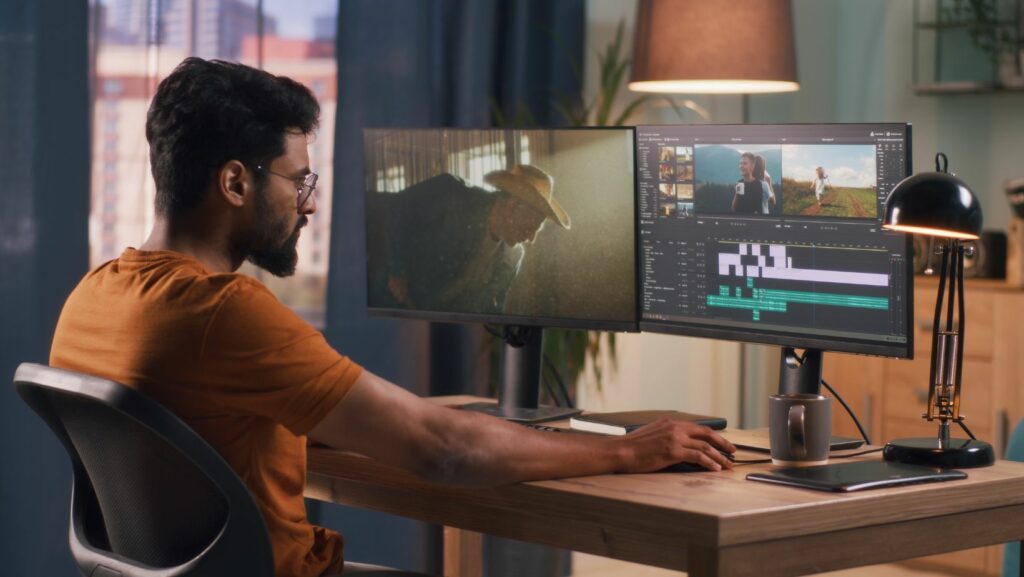In the ever-evolving world of music production, mastering advanced mixing techniques can set a track apart from the rest. As artists and producers strive for that perfect sound, understanding the nuances of mixing becomes crucial. It’s not just about balancing levels; it’s about creating a sonic landscape that captivates listeners and enhances the emotional impact of a song.
For those looking to elevate their mixing skills, diving into these advanced techniques can unlock new creative possibilities. By embracing these methods, producers can transform their tracks into compelling auditory journeys that resonate with audiences.
Advanced Mixing Techniques

Advanced mixing techniques refine audio processing beyond basic balancing. Techniques like parallel compression enhance dynamic range by subtly blending a compressed track with the original. Multi-band compression allows targeted adjustments, improving clarity across frequency ranges. Producers achieve depth and width using stereo imaging tools which precisely position elements in the stereo field. Automation elevates mixes by dynamically adjusting levels and effects in real-time. These sophisticated processes, integral to advanced mixing, transform raw recordings into polished productions that capture listeners’ attention.
Key Components Of Mixing
Mixing techniques involve a nuanced combination of skills and tools. Key components such as EQ, compression, reverb, and delay are crucial for crafting balanced and engaging mixes.
EQ And Compression
EQ (Equalization) shapes the tonal balance of a track. By adjusting the amplitude of specific frequency ranges, producers can highlight or diminish elements within a mix. For instance, boosting high frequencies may enhance vocal clarity, while cutting low frequencies might reduce muddiness in a bass-heavy track.

Compression regulates dynamic range by controlling volume fluctuations. Advanced mixing techniques such as sidechain compression introduce rhythmic movement, creating space for certain elements like kick drums to stand out. Attack and release settings determine the compression response, allowing for precise control over transient behavior.
Reverb And Delay
Reverb adds a sense of space by simulating natural or artificial acoustic environments. It’s used to impart depth and atmosphere, making elements feel as though they’re part of a cohesive space. Hall reverb can make a vocal track sound larger-than-life, while room reverb offers a more intimate feel.
Delay produces echo effects by repeating audio signals at intervals. It’s employed both creatively and subtly, helping to fill out a mix or create rhythmic complexity. Short delays can thicken sounds, whereas longer delays contribute to more pronounced echoes. By adjusting feedback, producers control the length and intensity of these echoes.
Tips From Professional Mix Engineers
Mix engineers employ advanced mixing techniques to achieve polished and impactful productions. Professionals share insights on both fundamental and cutting-edge methods.
Analog Versus Digital Techniques

Mix engineers leverage both analog and digital mixing techniques for different effects on sound quality. Analog gear, like compressors and equalizers, introduces warmth and character to a track due to harmonic distortion, enhancing audio depth. Digital tools offer precision and flexibility, enabling intricate adjustments and replicating analog warmth through plugins. Some engineers blend these methods, capturing the best attributes of both realms. By understanding the strengths of analog and digital, mix engineers add texture and dimension to mixes.
Innovative Mixing Approaches
Professionals often develop innovative mixing approaches to create unique audio experiences. Creative use of stereo field manipulation allows engineers to craft expansive soundscapes, positioning elements for immersive listening. Advanced techniques like parallel and multi-band compression refine dynamic control, ensuring clarity and punch. Modulation effects introduce movement and interest by varying audio parameters over time. By adopting these innovative strategies, mix engineers push boundaries and enhance the emotional impact of music.
These sophisticated methods not only refine the sonic quality but also add depth and clarity to each track. As producers continue to explore and innovate within these techniques, they unlock new possibilities in music production, ensuring their creations resonate on a profound level. Embracing both analog warmth and digital precision, mix engineers can achieve a harmonious blend that elevates the overall listening experience.



